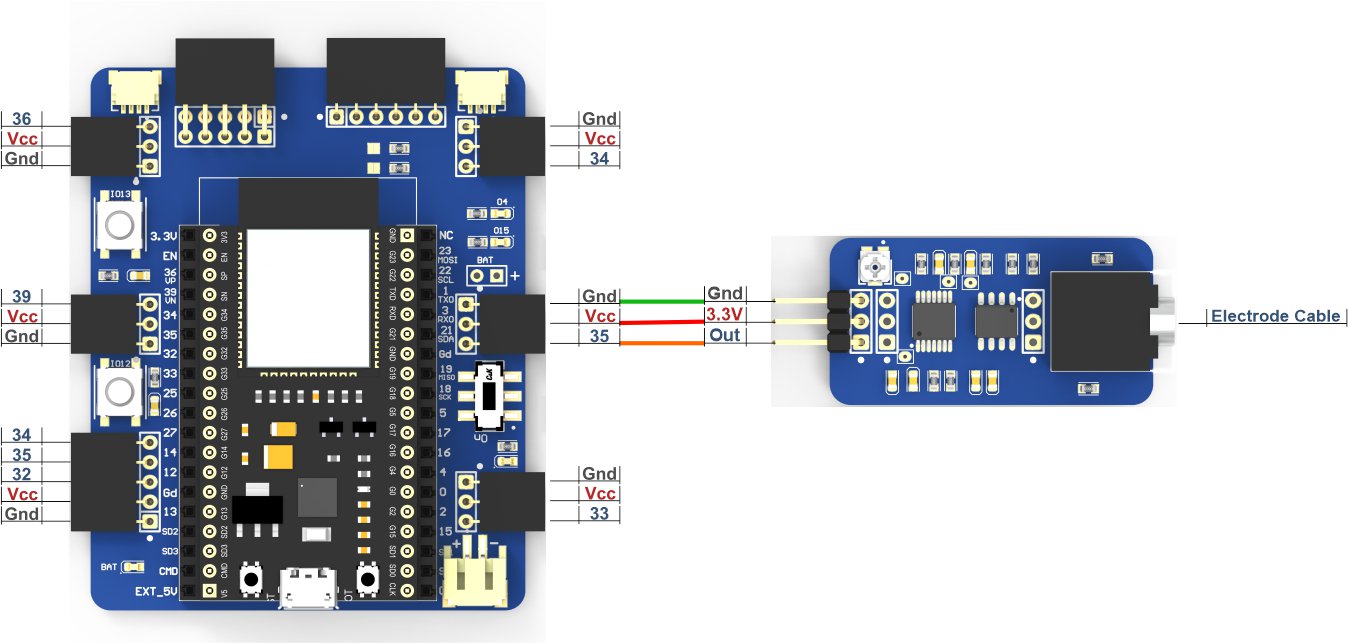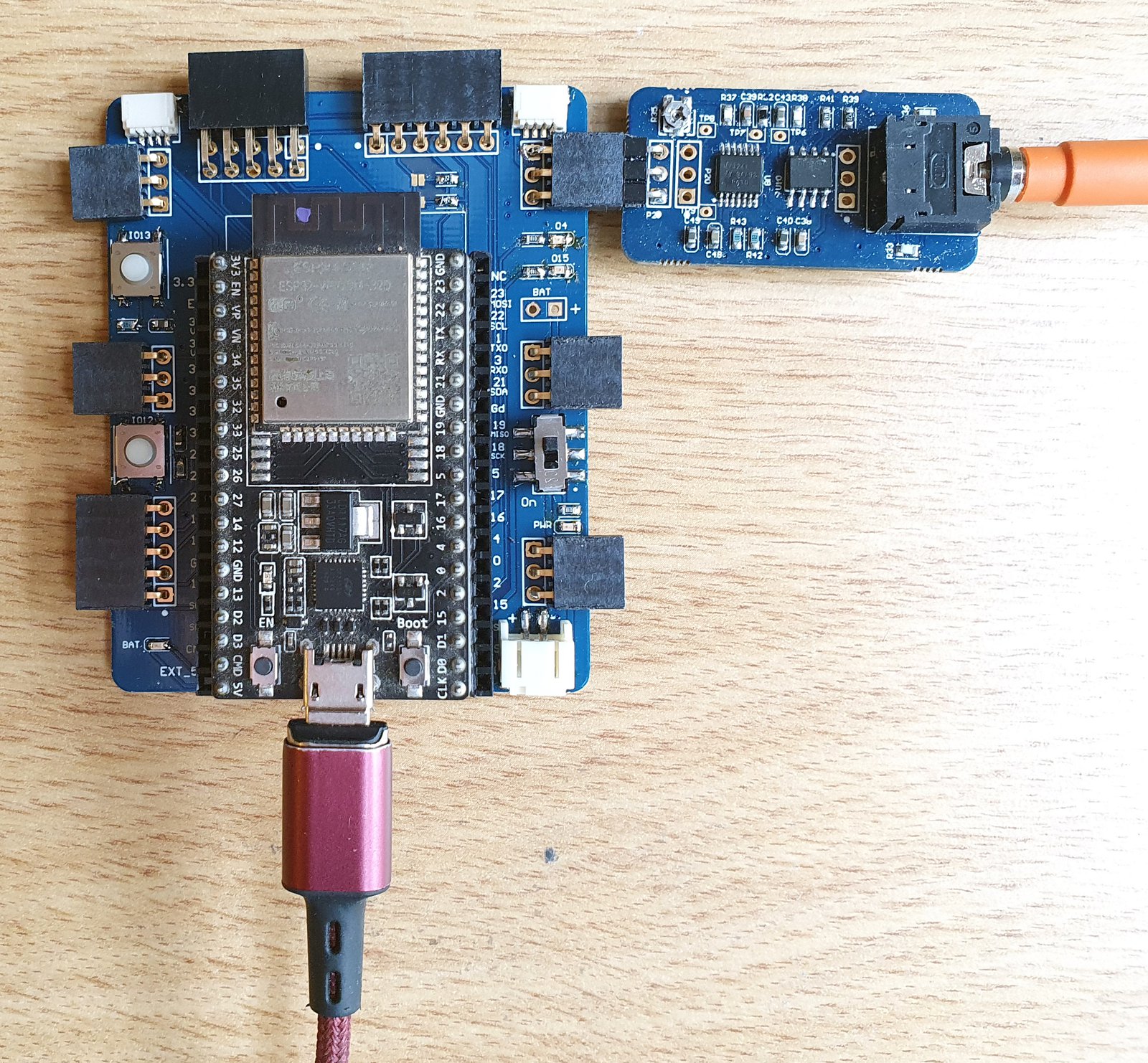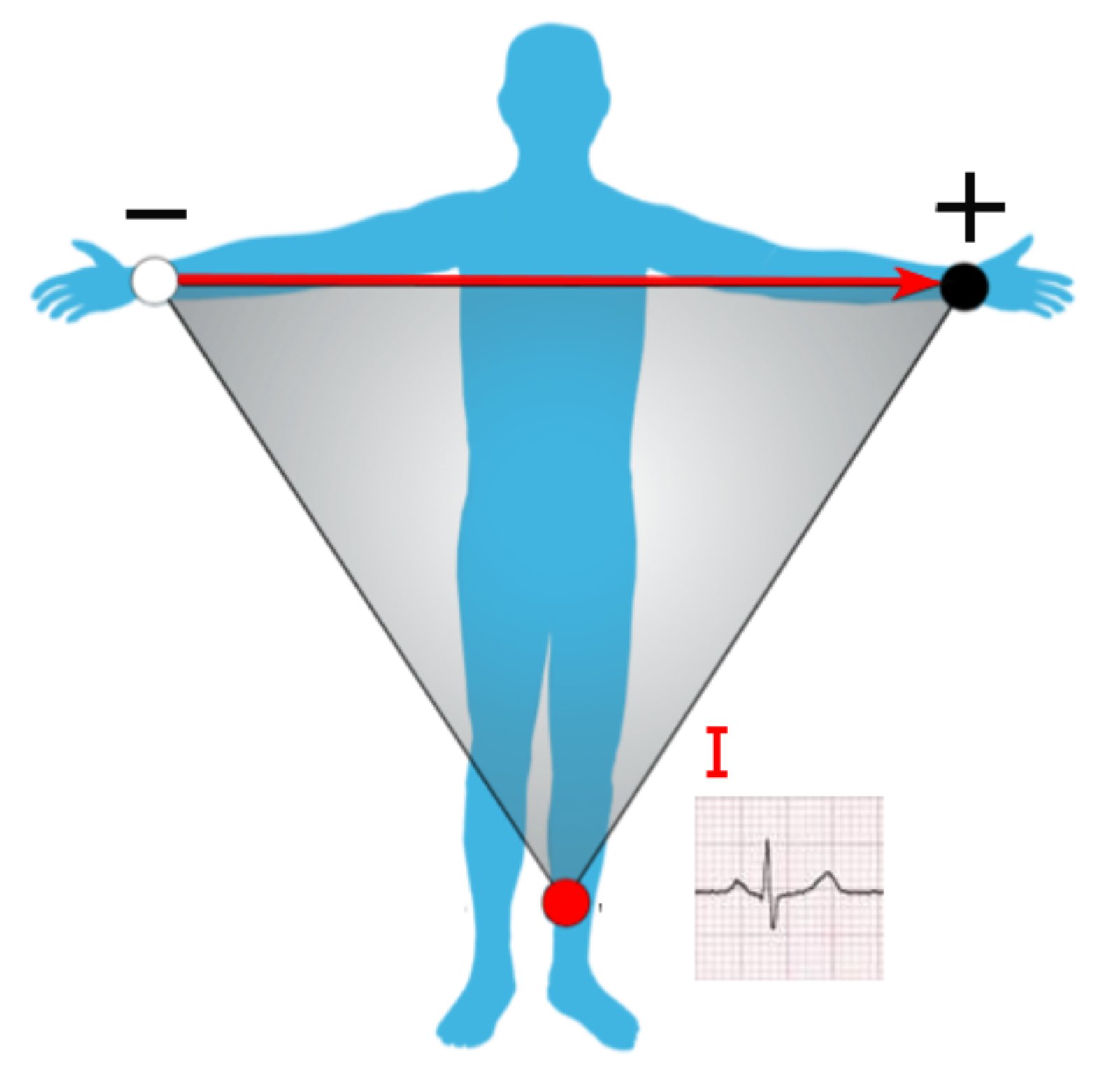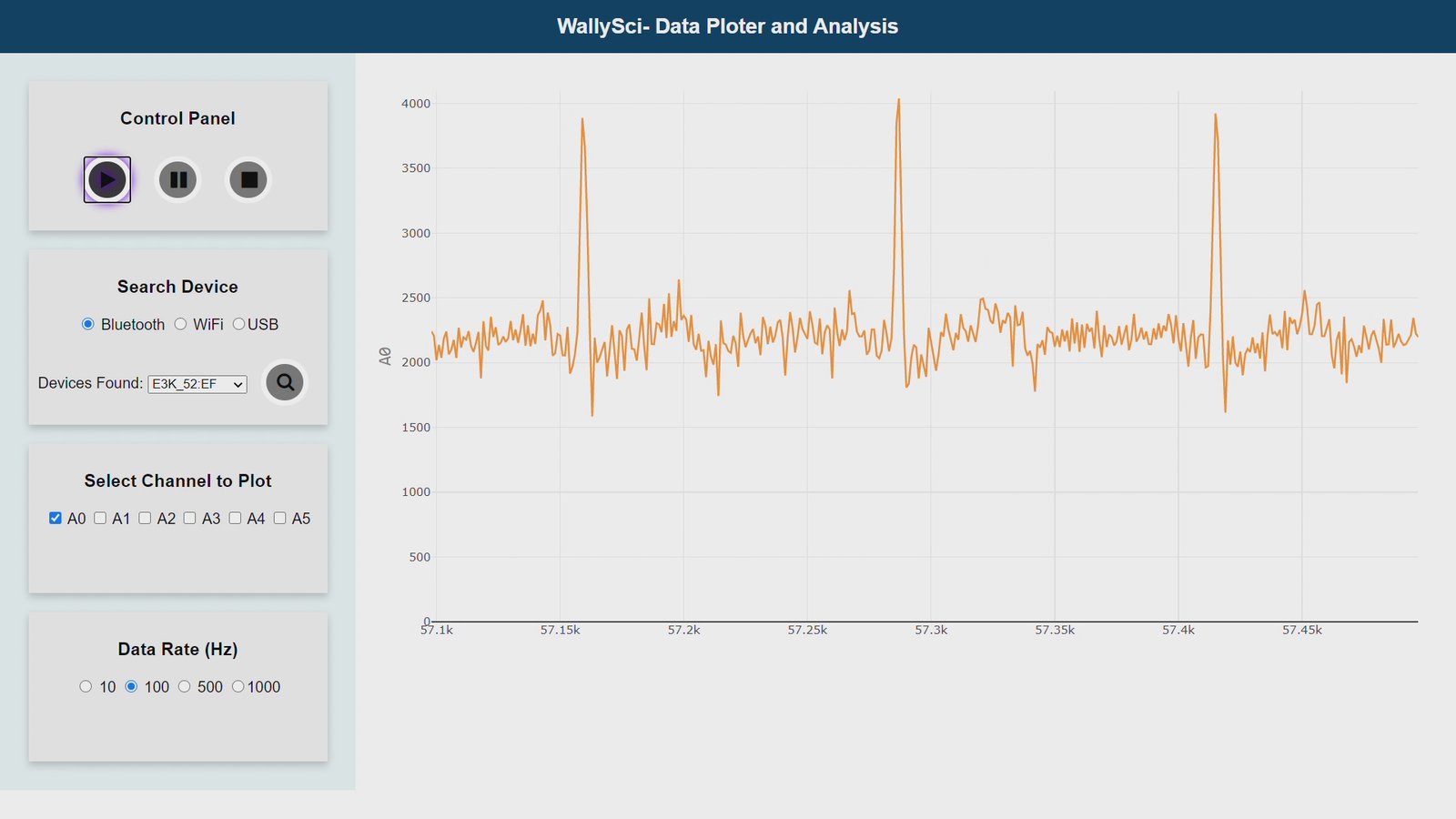Project update 3 of 8
Miniature Heart Health Monitoring using ECG Sensor
by Varan GuptaWallySci’s ECG sensor is used to capture electrical signals originating from the heart via electrodes. The signal through the electrodes is filtered and amplified which is then presented in the form of Analog Output. An ECG sensor can be used for prototyping a portable heart monitoring device.
Disclaimer: Not for clinical use. Only for educational purposes
What is Electrocardiography?
One of the important parameters that are measured by a doctor to know the health of a person is cardiac muscle activity.
Electrocardiography is a way to measure cardiac muscle activity with electrical signals, using electrodes placed on the skin. These electrodes measure the change in voltage that is a consequence of cardiac muscle depolarization followed by repolarization during each cardiac cycle (AKA the heartbeat). These signals are then represented in the form of a graph known as Electrocardiogram (ECG). By analyzing these signals, one can determine the health of the heart.
Clinically, ECG machines use 12 leads that are placed near the wrist, foot, and across the heart above the chest. With the advancement in sensor technology and the need to monitor ECG at home, ECG machines have been miniaturized. One can get good quality ECG signals from 3 lead systems and miniature electronics. Signals received are further filtered both electronically and at the software level.
In this experiment, we will learn how to capture the ECG signals, visualize it realtime.
Connection Diagram
Procedure
- Connect the ECG sensor to any of the 6 ports available on DCPU as shown in the connection diagram.
- Connect 3 lead electrode cables to the ECG sensor. Place the electrodes as shown in image below. The reference electrode has to be placed on the left-leg ankle or at the back of the left-hand palm (or somewhere close to the bone with least muscle activity). The other two electrodes will be placed one on right hand wrist and other on left hand wrist.
Power up the DCPU
Open the GUI and select the channel to which ECG Sensor is connected. It is recommended to select the sampling rate more than 128 for better signal visualization.
Sample ECG data in the GUI is shown in the image below.



